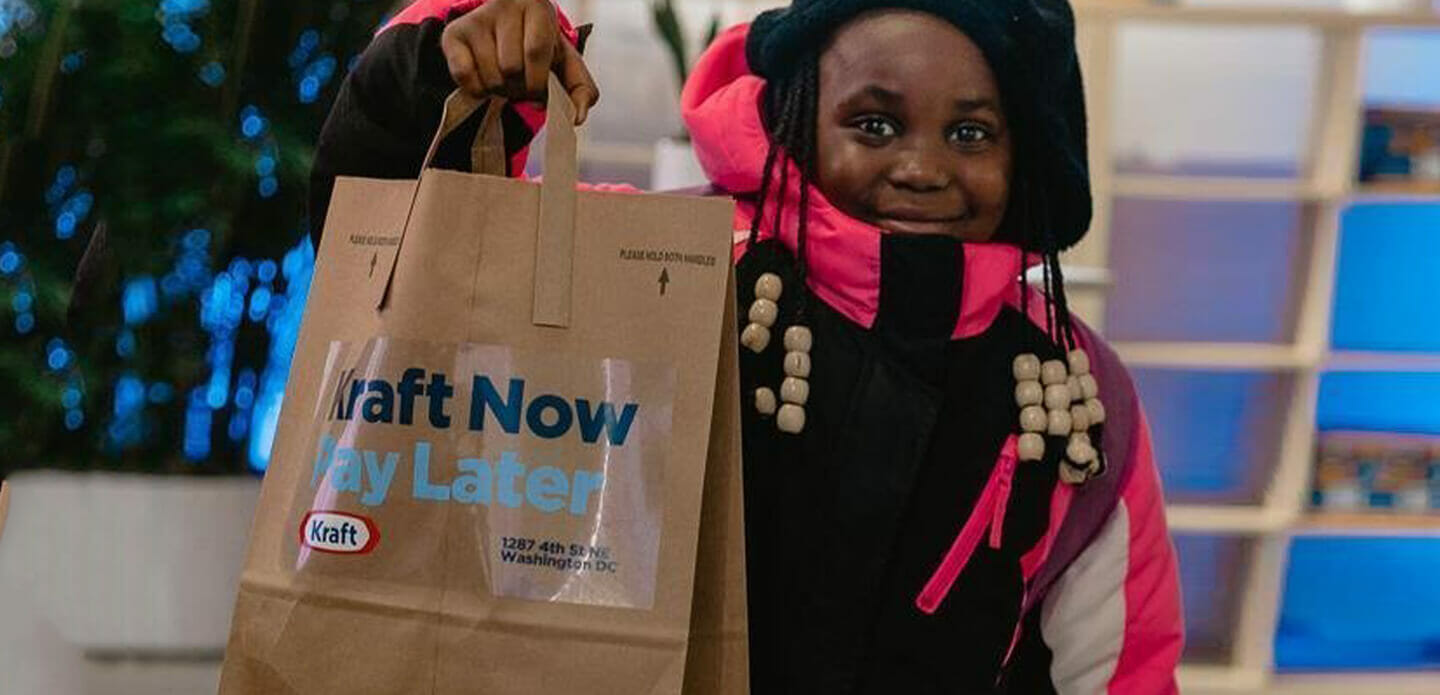 The Ministry of Common Sense is (almost) here : Jan 2021
The Ministry of Common Sense is (almost) here : Jan 2021

Over the years, while conducting hundreds of workshops, I’ve asked participants to remember their most remarkable experience as a customer. Almost all the answers have one thing in common. They took place during a crisis.
Little Peter broke his arm, and the hotel provided over-the-top service to help a vacationing family in crisis. Someone missed a travel connection, and an airline employee stepped up to save the day. Or, a shopkeeper realized a regular customer had just lost her mom, and she offered a little bit of extra attention that showed she truly cared.
On December 22nd, 800,000 U.S. government employees experienced a crisis. The government shutdown generated a lot of sympathy and well-scripted thanks by politicians throughout the country, but few brands did much to help. One notable exception was Kraft.
The Kraft Heinz Company, with origins dating back to 1869, is a giant conglomerate of the old guard. As such, we wouldn’t usually expect it to respond, almost overnight, to a crisis.
To my great surprise, right in the heat of the government shutdown, I heard about a Kraft pop-up grocery store in Washington, DC. All a furloughed federal employee had to do was show a federal government i.d., and they could walk out with a bag of Kraft products. It was an amazing initiative from Kraft, helping families survive a 35-day no-pay crisis.
How was this possible? I asked Eduardo Luz, global brand officer and chief marketing officer at The Kraft Heinz Company. Here’s an extract of my interview.
Q: Eduardo, how did you guys move so quickly?
A: We claim that Kraft exists “to create moments of release so that parenting can be more joyful.” Based on this, the Kraft team meets with their agency (Leo Burnett) every Friday, and the agency pitches ideas to bring the brand mission to life. If the Kraft team hears an idea they really like and cannot reach me, they have my authorization to just do it and tell me later. For “Kraft Now – Pay Later,” the call lasted 30 seconds: Approved! We spent the weekend working with agencies and partners to find a location, permits, ship products, etc., and by Wednesday our pop-up store was up and running.
Q: What was the external reaction to your initiative?
A: We got dozens of emails from people who were directly affected, thanking us for standing up. We also got several emails from people not directly affected, but who recognized the gesture. We noticed significant engagement socially, with people liking and sharing on Twitter, LinkedIn, etc. We got minimal pickup from the press, except the ad-related ones (Ad Age, etc.). Finally, after our open letter in The Post, some companies approached us volunteering to help — especially Tropicana, Land O’Lakes, and H&M (gloves, etc., for people waiting in line outside).
Q: What did you folks learn from this project?
A: Inviting other brands to participate is not easy, since companies tend to be slow to act outside of established routines and parameters. People tend to be sceptical about brands doing non-commerce-related things in the real world. Rightly so, perhaps. Also, never strike a self-congratulatory tone as a brand, and never, ever appear judgmental as a brand toward consumers.A